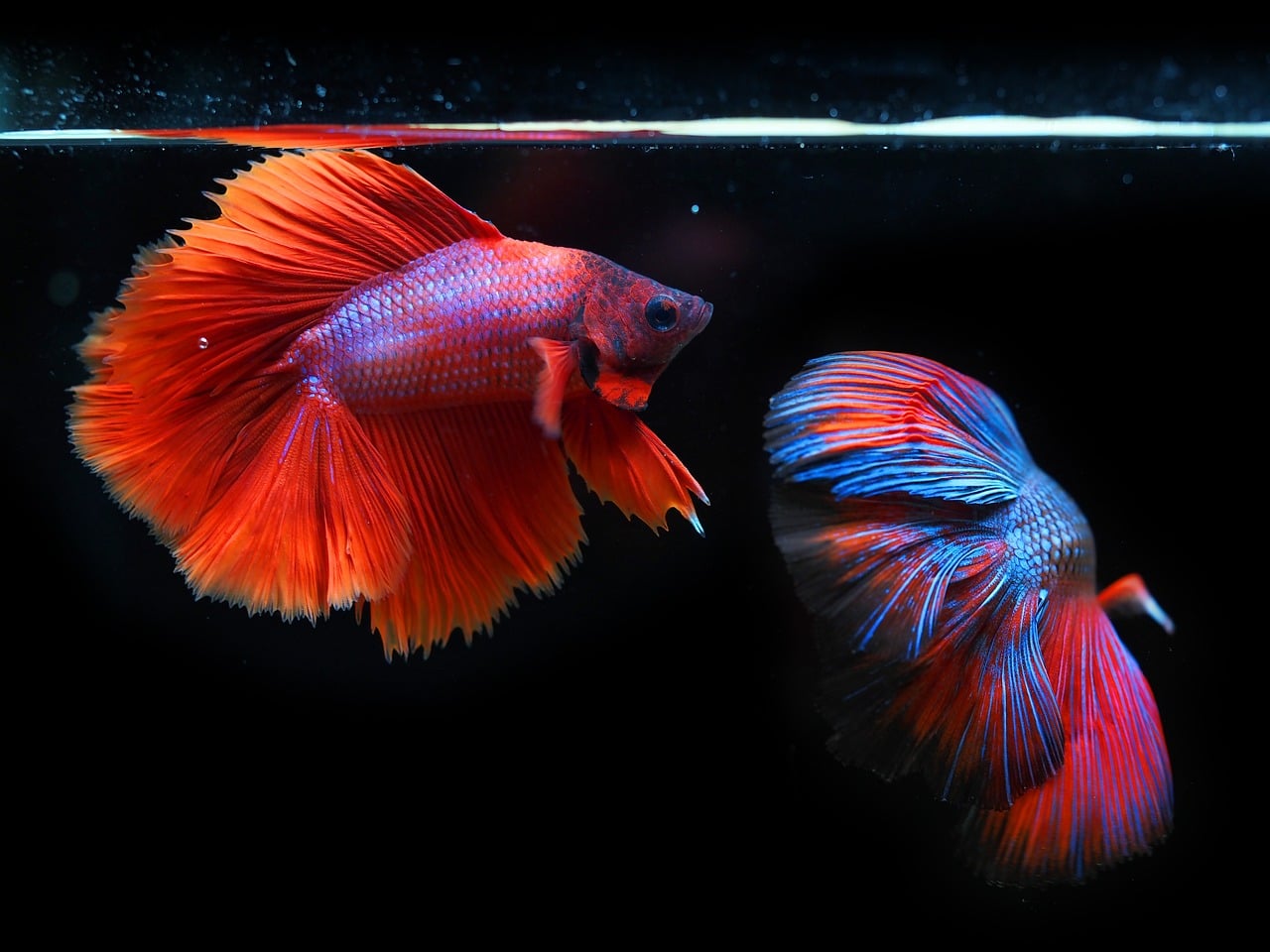How to Set Up a Successful Breeding Environment for Betta Fish?

Successful breeding of betta fish is an intriguing and rewarding challenge that many aquarists delightfully undertake. It takes patience, careful preparation, and a suitable environment to encourage bettas to breed. But what does it entail to set up such an environment? This article will demystify the process step by step for you.
Choosing a Suitable Tank
Before you dive into the fascinating world of betta breeding, the first step is to choose an appropriate tank. Size matters here. A small tank will not provide the necessary space for the male and female bettas to breed. A 10-gallon tank is usually a suitable starting point, but a 20-gallon tank is even better.
Sujet a lire : How to Effectively Address Aggression in Male Territorial Cats?
Ensure the tank has a secure lid, as bettas are known for jumping. It’s also essential to install a heater and thermometer to maintain a steady water temperature, preferably between 78 and 80°F (25.5 and 26.7°C).
Sujet a lire : What Are the Best Techniques for Calming a Hyperactive Kitten?
Preparing the Water
Water quality is a vital factor when breeding bettas. The water should be clean, free from chlorine and heavy metals. Use a water conditioner to remove these harmful substances.
The pH should be slightly acidic, around 7.0, and the hardness should be between 5 and 20 dGH. Regularly monitor these parameters using a water testing kit.
Bettas are bubble nest breeders. Therefore, the water level should be lowered to about 8 inches to facilitate the construction of a bubble nest by the male betta.
Introducing the Bettas for Breeding
Once the tank and water are ready, it’s time to introduce your breeding bettas. It can be tricky because bettas are aggressive fish, and introducing them suddenly to the same tank might lead to fights.
First, condition the bettas by feeding them high-quality foods for about two weeks. This will ensure they are healthy and ready to breed.
To minimize aggression, keep the male and female bettas in separate compartments within the tank. You can achieve this by using a transparent divider. They should be able to see each other but not physically interact.
Breeding Process
Once the bettas are accustomed to each other, and the female shows readiness to breed – indicated by vertical stripes on her body – you can remove the divider. The male will build a bubble nest under a leaf or a flat surface.
He will then court the female by flaring his fins and doing a dance. If she is receptive, they’ll embrace, and she’ll release eggs, which the male will fertilize and place in the bubble nest.
After spawning, remove the female from the tank as the male betta will guard the eggs and might become aggressive towards her. Watch out for the hatchlings, commonly known as fry, after 24-48 hours.
Caring for the Fry
Caring for betta fry is a critical step in betta breeding. Once the fry are hatched, they will feed on the egg sac for about two days. After that, they will need to feed on infusoria or liquid fry food.
Betta fry grow quickly and will need a lot of food. Feed them multiple times a day, but be careful not to overfeed as it can foul the water.
Regular water changes are also necessary to keep the water clean. However, avoid sudden water changes as it can stress the fry.
After about a week, the fry will be free-swimming, and after a month, you can start feeding them more substantial foods like brine shrimp.
Remember, successful breeding of betta fish involves more than just tossing a male and female betta into a tank and hoping for the best. It requires careful preparation, patience, and continuous learning. But the reward of seeing your betta fry grow and flourish is worth every effort.
Successful Separation and Growth
At the point when the fry are free-swimming, it’s time to think about separation. Bettas are known for their territorial behavior, and this starts to show at a young age. As soon as you notice any signs of aggression, it’s recommended to separate the fry into individual containers or compartments within the breeding tank.
You may need to use a sponge filter to ensure the water stays clean without producing strong currents that could harm the fry. The temperature should still be maintained at around 78 and 80°F (25.5 and 26.7°C), just like the parent’s tank.
The separated fry should be fed 2-3 times a day with nutrient-rich food such as brine shrimp, daphnia, or specially formulated betta fry pellets. Observe the fry closely. Any signs of disease or distress should be addressed immediately. Most common ailments can be treated with over-the-counter aquarium treatments.
Remember to check water parameters regularly with a water testing kit. Maintaining a stable and clean environment is crucial for the fry’s growth. While separating the fry can be a time-consuming task, it’s an essential step in breeding bettas.
Conclusion
Successfully breeding betta fish is a rewarding challenge that requires careful preparation and meticulous care. From selecting the suitable tank to preparing the water, introducing the bettas, managing the breeding process, caring for the fry, and ensuring successful separation and growth – each step is critical.
However, the reward of seeing your betta fry grow into beautiful, vibrant fish is well worth the effort. Use this guide as a stepping stone in your betta breeding journey. Remember not just to rely on the provided steps but to continuously learn and adapt to your bettas’ needs.
In conclusion, breeding betta fish is an art of patience and understanding the beauty of nature. It may seem daunting at first, but with time, you’ll gain more expertise. Happy betta breeding!
This work is licensed under a Creative Commons Attribution 4.0 International License.
